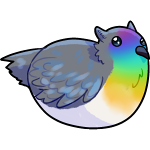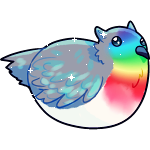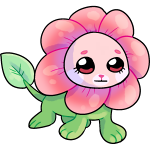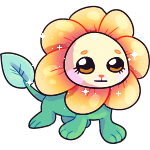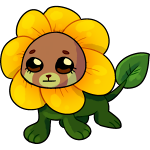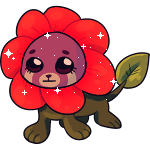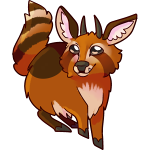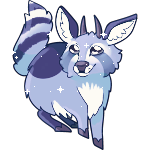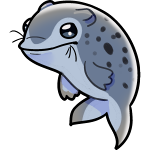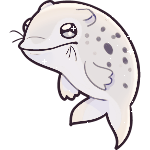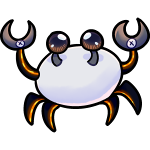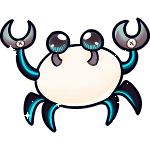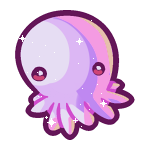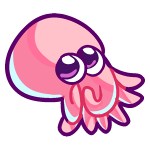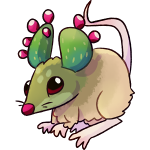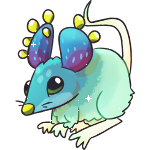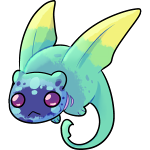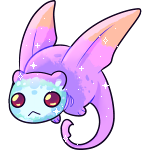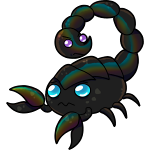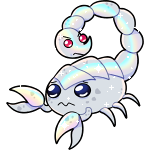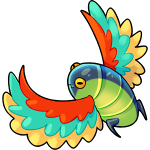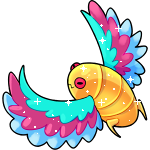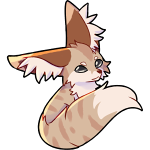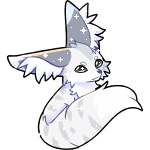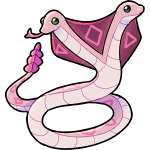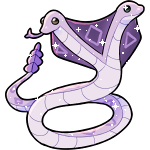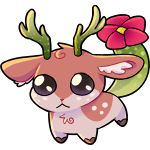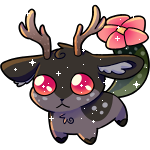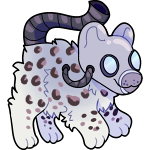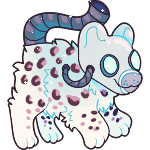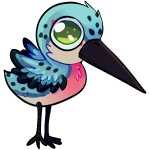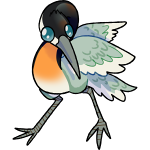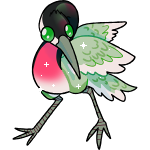Pets
Marine Specimen (Wild Critters)
Marine Specimens, like their Arctic cousins, are common food for larger predators. They are curious towards Amicabots and highly social. They slap themselves with their fins as a display of dominance. Their body is coated in a short, velvety fur that's often wet from being in the ocean.
This pet can be obtained by foraging in the Halcyon Beach.
Ractus (Wild Critters)
Ractus make their home in cacti and have thick fur that's impervious to spnies and glochids. They are highly intelligent but timid, and tend to groom themselves excessively.
This pet can be obtained by foraging in the seasonal Meadow area during spring, and also by foraging in the Badlands area anytime.
Iridescent Scorp (Wild Critters)
The Iridescent Scorp is a chimera creature with a sentient tail. Often times, the tail is more aggressive than the head itself, which takes on a more passive role. The nose horn on its tail head functions as a stinger, delivering a toxic attack to prey or threats.
This pet can be obtained by foraging in the Badlands.
Dual-Headed Slitherer (Wild Critters)
The Dual-Headed Slitherer is affected by a genetic mutation that gives it two heads. This gene is dominant compared to many others, making it more rare to see them with one head than two. Sometimes, the heads fight for prey in spite of sharing the same digestive system.
This pet can be obtained by foraging in the Badlands.


